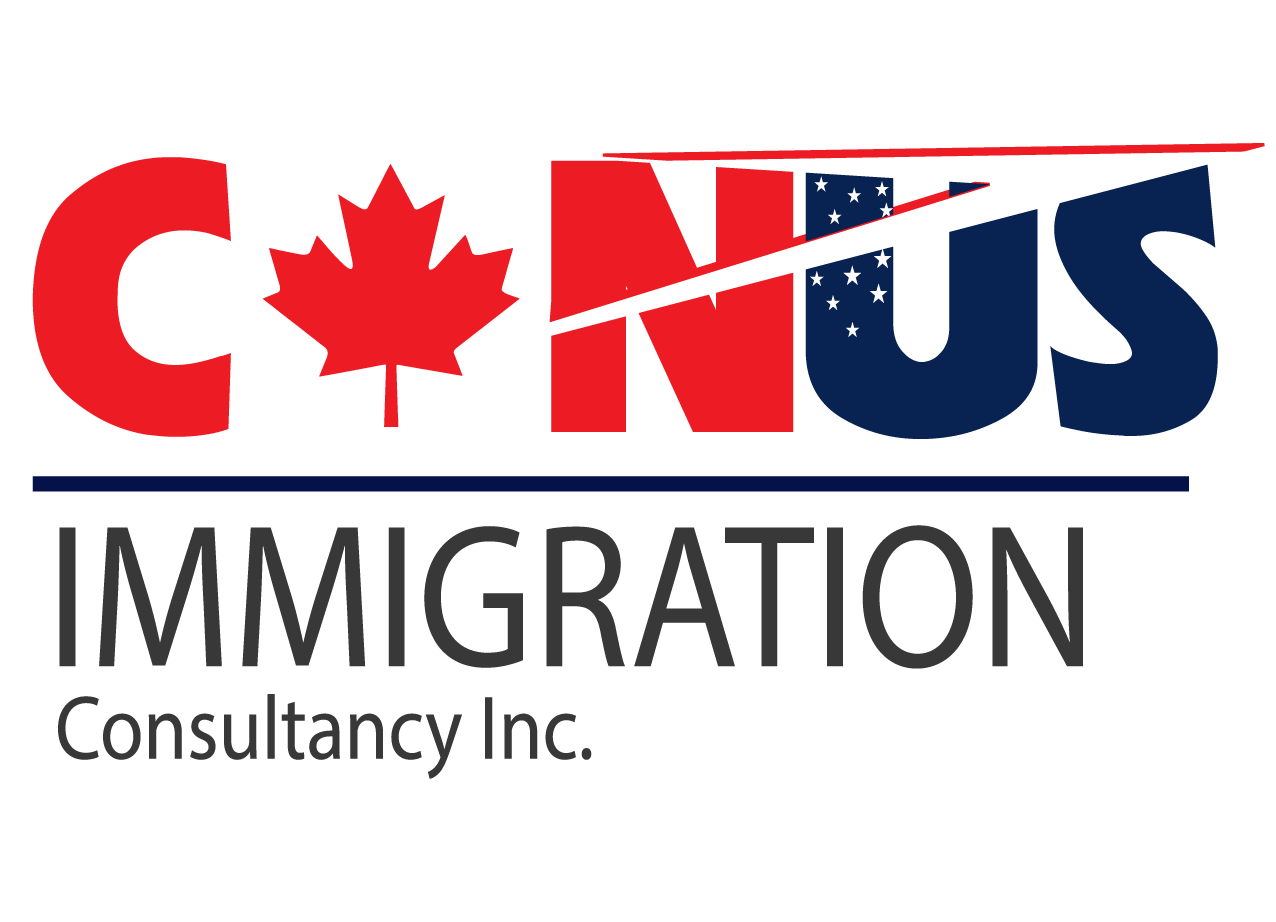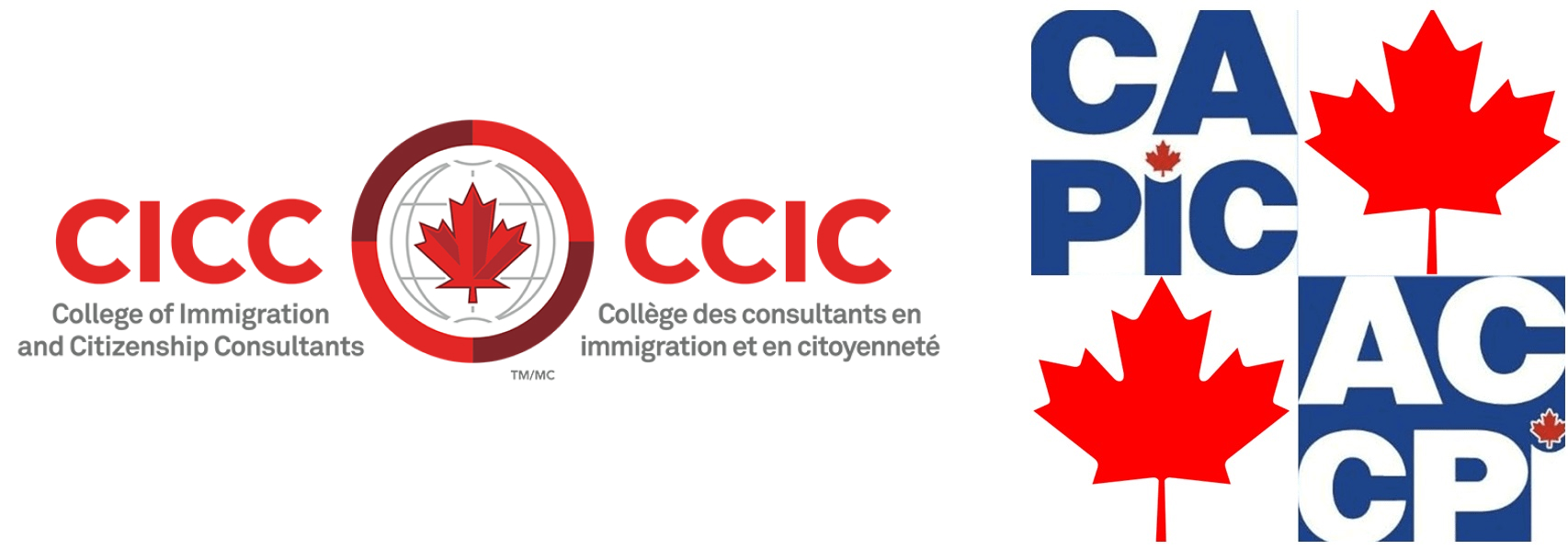The new way Canada classifies occupations will affect some economic class and temporary foreign worker applicants.
Source: CIC News
Canada’s immigration system will overhaul the way it classifies occupations in fall 2022.
The changes will affect some economic class and foreign worker applicants, although the federal government has yet to communicate which sorts of applicants will be affected.
Canada’s system for categorizing occupations is called the National Occupational Classification (NOC). The NOC is reviewed every year, and updated every five years to ensure it reflects Canada’s changing labour market. It gets overhauled about every 10 years, making the new edition the biggest upgrade since 2011. Statistics Canada released its new NOC 2021 publication last month.
The NOC is important for Canadian immigration since it is used by federal and provincial governments to manage skilled worker immigration programs and the Temporary Foreign Worker Program (TFWP). An immigrant or temporary foreign worker must meet the NOC eligibility criteria of the program they are applying to.
For instance, under Express Entry, skilled worker immigration applicants must demonstrate they have work experience in a NOC that falls under one of the following codes:
- NOC 0: Skill type 0 jobs are usually managerial in nature;
- NOC A: Skill type A jobs are professional in nature and usually require a university degree; or
- NOC B: Skill type B jobs are skilled trades occupations that usually require a college diploma or training as an apprentice.
The department of Immigration, Refugees and Citizenship Canada (IRCC), and Canada’s provinces and territories, currently use NOC 2016 to assess eligibility for skilled worker immigration programs.
The department of Employment and Social Development Canada (ESDC) has also been using NOC 2016 to evaluate Labour Market Impact Assessment (LMIA) applications.
The LMIA is the Canadian government’s labour market test. It is required under the Temporary Foreign Worker Program (TFWP). When it evaluates an LMIA application, ESDC must determine whether the hiring of a foreign national will have a positive or neutral impact on workers in Canada. At that point, a foreign worker can take their LMIA and job offer letters in support of their work permit applications to IRCC.
NOC 2021 to be implemented in “fall 2022”
In an email to CIC News, IRCC stated the federal government expects that it will be in position to introduce the new way it categorizes occupations sometime in “fall 2022”. It said this will provide IRCC with time to inform stakeholders about the changes and implement the new system across its programs. IRCC is also aligning the rollout with ESDC to ensure consistency across the work permit application process.
New TEER system replaces NOC skill levels
Rather than the current approach of categorizing jobs based on skill type, the Canadian government will now categorize jobs based on a new Training, Education, Experience and Responsibilities (TEER) system.
Currently, NOC skill levels fall under four categories: A, B, C, and D.
NOC 2021 moves away from this approach and introduces the TEER system which has six categories: TEER category 0, 1, 2, 3, 4, and 5.
| TEER 0 |
|
| TEER 1 |
|
| TEER 2 |
|
| TEER 3 |
|
| TEER 4 |
|
| TEER 5 |
|
Why the Canadian government is replacing NOC skill levels with TEERs
Statistics Canada explains this change is necessary for several reasons.
First, defining occupations on “skill levels” is confusing, as the NOC focuses on occupation and not skills. Introducing the TEER system will focus on the education and experience required to work in a given occupation.
Second, Statistics Canada argues that the previous NOC categorization system artificially creates a low- versus high-skilled categorization. This redesign moves away from the high/low categorization to more accurately capture the skills required in each occupation.
What does this mean for immigrants?
Once NOC 2021 is implemented by IRCC and ESDC, immigration and foreign worker applicants must ensure their NOC corresponds with the eligibility criteria of the program they are applying to.
For instance, one major area of interest is seeing how IRCC and ESDC choose to classify jobs that are currently defined as skill level “B”. According to Statistics Canada, this group grew disproportionately large over time, as it includes occupations that require varying degrees of education and experience. At this point, it is not known which TEER categories will be eligible for Express Entry-managed programs as well as other federal and provincial programs that currently require a “high skilled” NOC.
For now, immigration applicants will need to wait patiently for IRCC and ESDC to provide more information.
| NOC 2016 V1.3 Distribution of Unit Groups by Skill Level | NOC 2021 V1.0 Distribution of Unit Groups by TEER | ||
|---|---|---|---|
| TEER Category 0 | 9% | ||
| Skill Level A | 28% | TEER Category 1 | 19% |
| Skill Level B | 42% | TEER Category 2 | 31% |
| Skill Level C | 24% | TEER Category 3 | 13% |
| Skill Level D | 6% | TEER Category 4 | 18% |
| TEER Category 5 | 9% | ||
The new TEER system has 516 occupations, up from 500 in NOC 2016. New occupations were created to reflect emerging fields in data science, cyber security and others.
You can view how your current NOC compares to the NOC 2021 by using the following Statistics Canada tool.

